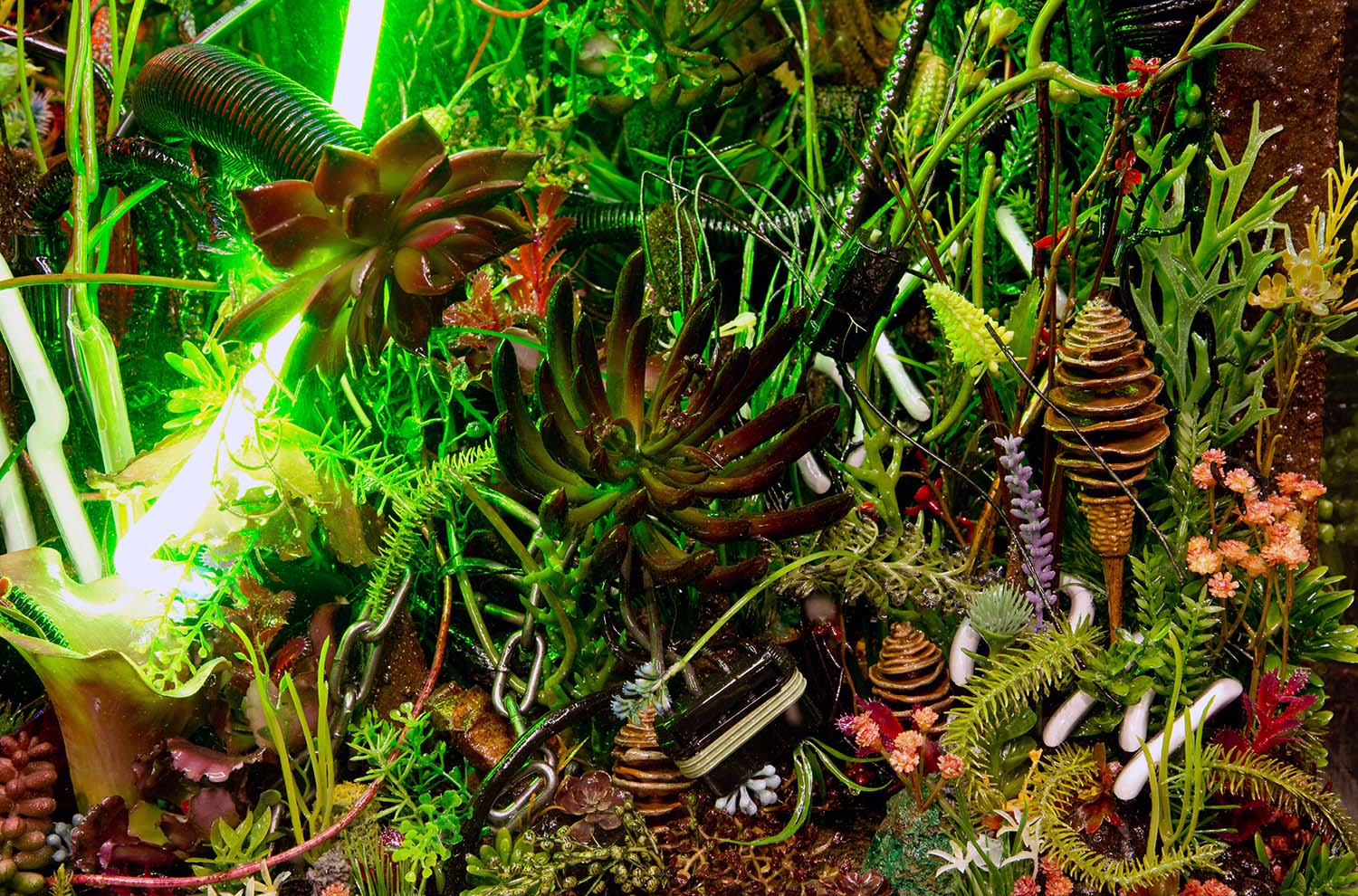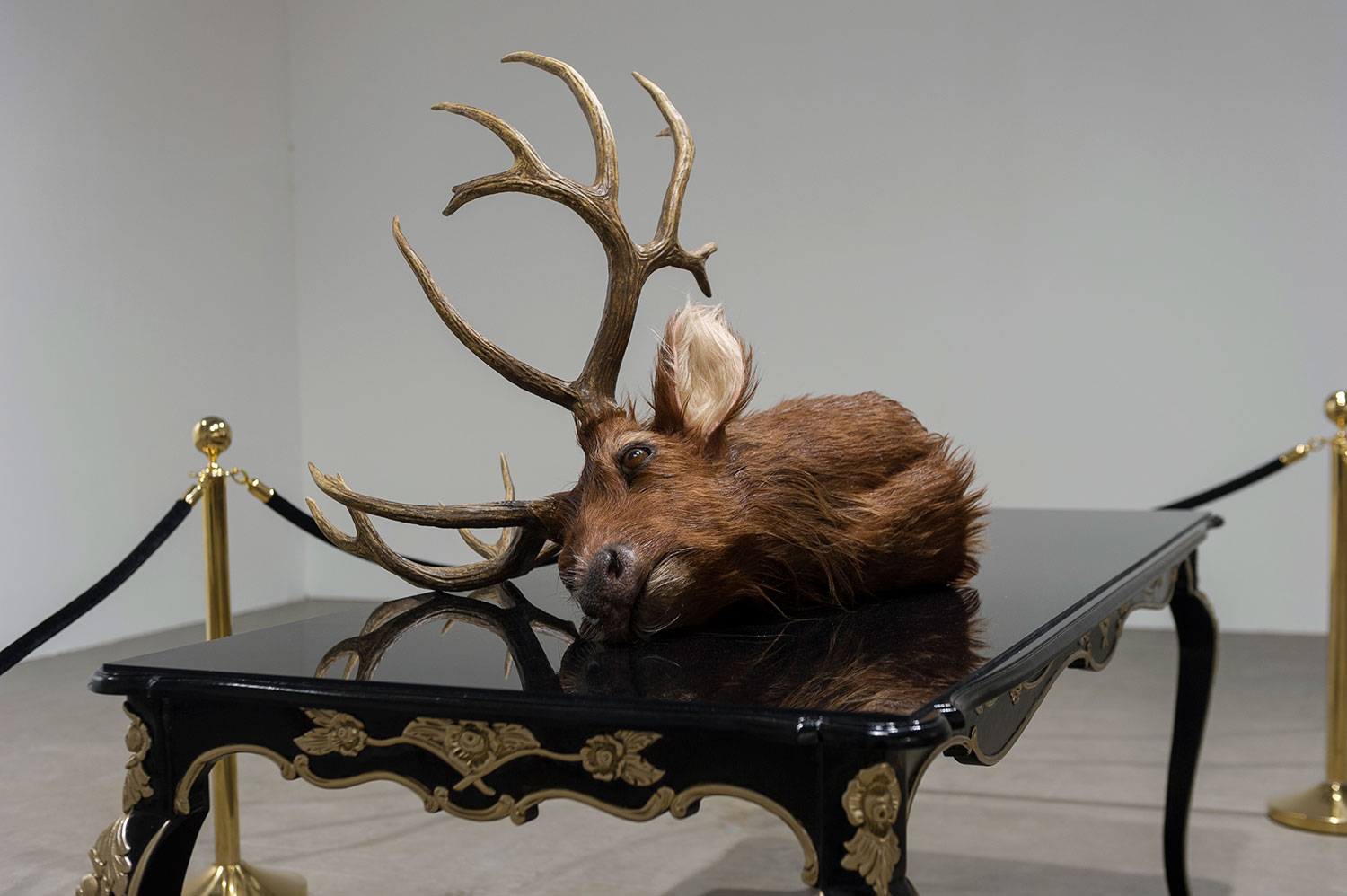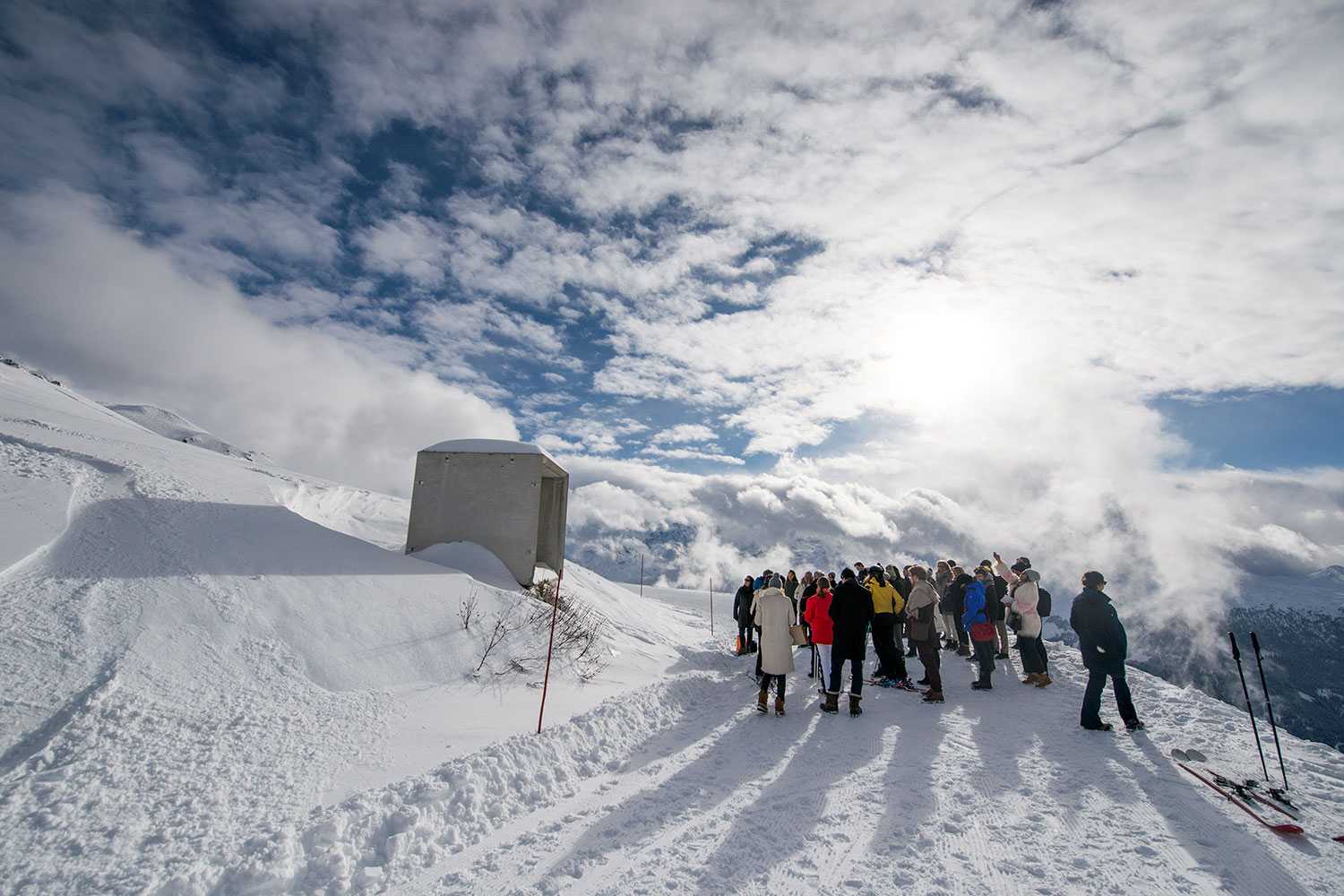“Colombia is having a moment,” says MoMA’s Director of Adult and Academic Programs Pablo Helguera, echoing the upbeat mood at the Corferias Convention Center, where the ten-year-old ARTBO — Bogotá’s most prestigious art fair — is held at the start of October.
The fact that at least four other fairs are taking place concurrently in the capital city and beyond to coincide with the start of the “Art Month” provides a measure of local artistic and cultural activity. Bogotá alone boasts sixty art galleries and fifty-eight museums.
The capital’s burgeoning art scene reminds Helguera of Mexico City — where he hails from — in the 1990s. The New York-based artist and educator is here to give a lecture-performance as part of Foro, a series of talks and discussions curated by José Roca. Formerly adjunct curator of Latin American Art at Tate Modern and artistic director of FLORA ars + natura, which wins my vote as the most alluring of Bogotá’s new contemporary art spaces, Roca seems to have no trouble getting his pick of curators, artists and museum directors to fly halfway around the world in order to join him for panel discussions at the fair and, while they are at it, do some studio visits and get to know the local artists.
In return, ARTBO has introduced the Prodigy Award – FLORA Grant for the most promising emerging artist or collective from Colombia featured in the non-commercial Artecámara section of the fair. The grant comes with the opportunity to do a year-long residency at FLORA ars + natura and to put on a solo exhibition at ARTBO the following year. This year’s prodigy, Sandra Liliana Rengifo, was chosen from among thirty-three artists for her wistful video projection Pil På Himlen (Flecha En El Cielo) (2012–15), full of dusky skies and birds flitting across them.
Colombia is home to over 1,850 recorded bird species, the largest number in the world. Unsurprisingly, an avian theme crops up in displays by local artists around the city, not least at Roca’s FLORA, located in the working-class San Felipe neighborhood. In addition to a sound piece, which greeted visitors with bird song upon arrival, and an installation that had the central spiral staircase engulfed in yards of cord as part of her Nido, 2015, Maria José Arjona’s entrancing durational performance saw the artist sit perfectly still for hours with her head nested inside a cage inhabited by live canaries; she originally wanted it to be an eagle.
Apparently used to catch jungle birds, a delicate net, whose torn fabric had been mended in places with gold thread, was suspended throughout a booth in Luz Angela Lizarazo’s red de niebla (2015), a solo presentation in ARTBO’s new SITIO section designed with more experimental and interactive projects in mind. Gold is another persistent motif in a city that is home to the stunning Museo del Oro and whose main airport is called El Dorado. Collector José Darío Gutiérrez’s newly opened space by that name joins more established gallery spaces, including NC-arte and Valenzuela Klenner Galería, in the arty neighborhood of La Macarena. Espacio El Dorado’s inaugural show “Nudo ciego” [Blind Knot] by Bogotá-based Eduard Moreno focuses on the Magdalena River and its threatened biodiversity.
Bird calls imitated by humans resonated in the courtyard and garden of Casa Museo Quinta de Bolivar, against the backdrop of jungle-clad mountains, in Alberto Baraya Gay’s offering for the Luis Caballero Prize, one of eight solo projects shown in art spaces, museums and less-expected venues such as the tomb-like interior of the Monumento a los Héroes in the case of Juan Fernando Herrán Carreño’s sculptural and filmic installation titled Héroes mil (Thousand Heroes) (2015).
No survey of Bogotá’s contemporary art scene would be complete without a mention of the Instituto de visión, run by an enterprising all-female trio of curators out of their gallery space in the San Felipe area, a short walk away from FLORA. Curated by Maria Wills and Beatriz López, their gallery show paired Fernell Franco’s hand-painted photographs of interiors and dwellings in Cali (Colombia’s third city with a thriving art community of its own) taken in the 1970s with recent sculptural works by Felipe Arturo, made using concrete and ephemeral materials such as coffee, brown sugar and other foodstuffs. The contents of three bottles displayed on a shelf thus replicated Coca Cola’s original formula: a mixture containing bourbon and coca leaves.
Made with foreign visitors in mind, the homemade “Bogotá survival kit” — handed out to fair goers along with a party invitation or two at Instituto de visión’s understandably popular gallery stand in ARTBO’s main section — contained abundant supplies of coca tea bags and candied fruit paste to cope with altitude sickness and other fair-related ailments.





